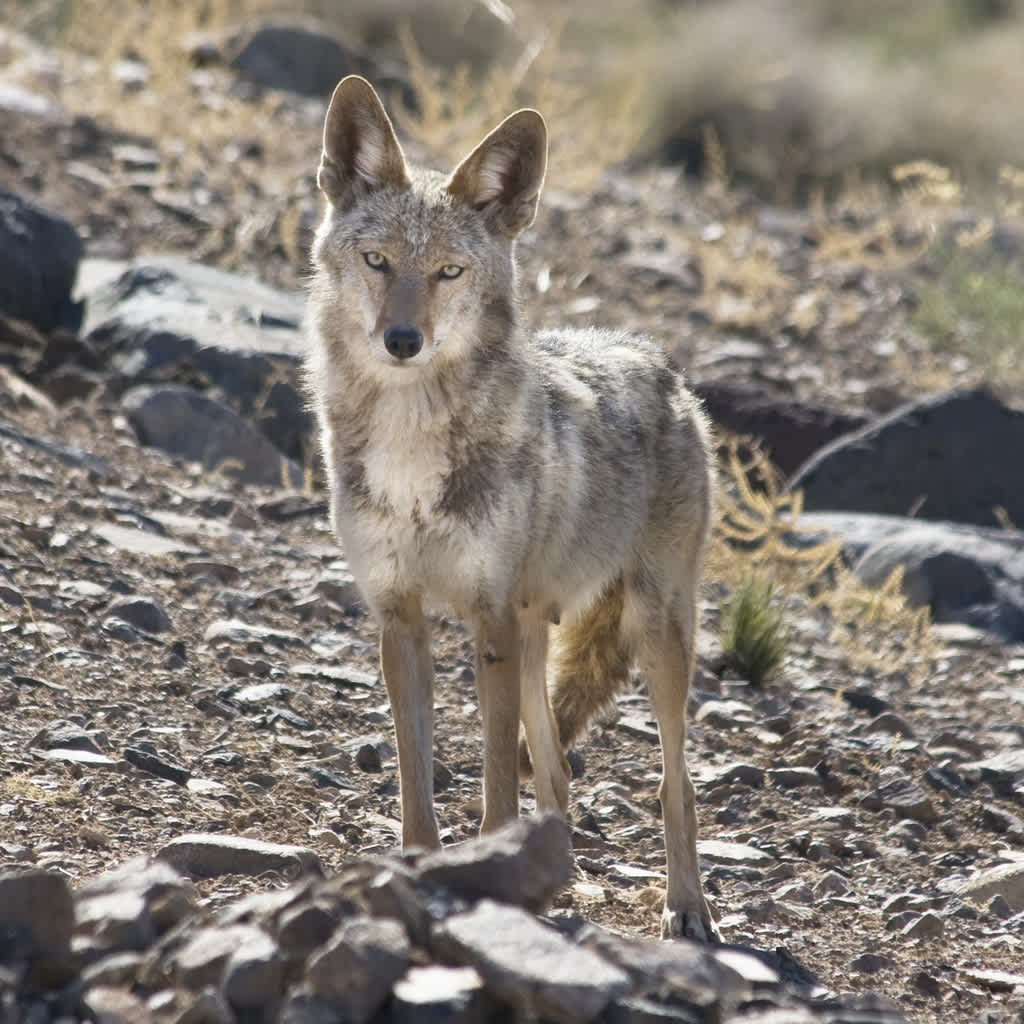Utah’s Coyote Bounty Program Ends First Year, $380,000 Distributed
OutdoorHub Reporters 11.01.13

June 30 marked the end of the Utah Predator Control Program’s first year. The Program offered coyote hunters and trappers an incentive to harvest the predators in the form of a $50 bounty, and the state’s Division of Wildlife Resources (DWR) has released a report presenting statistics from the its inaugural year. Between July 1, 2012 and June 30, 2013, hunters turned in 7,160 coyotes and collected $380,950 in payment. The DWR estimates that roughly 3,000 to 4,800 more coyotes were harvested than normally would be as a result of the bounty, which paid about $50 for every confirmed coyote.
More than 1,055 hunters and trappers participated in the program, along with some professional contractors. In order to qualify for reimbursement, sportsmen needed to provide a coyote scalp with two ears and a lower jaw. Of the participants, most only turned in one animal. Sixty people submitted 25 or more coyotes. The DWR report indicated that 4,224 coyotes (67 percent) were harvested by shooting while 1,219 (19 percent) were trapped. Less than one percent were killed by an automobile. Not surprisingly, the peak months for coyote harvests were November and February. Coyotes generally start mating during Febuary and early March with young coyotes leaving their family groups in November.
Utah created the Predator Control Program using funds provided by the Mule Deer Protection Act. The program has been controversial among conservationists and especially animal rights groups, but supporters argue that a decrease in coyotes will help the state’s struggling mule deer. While the results of the program’s first year will be scrutinized by all, it may be too soon to accurately determine its effects on wildlife.
“It is too early to make conclusions about how effective Utah’s Predator Control Program has been, but Division biologists have begun examining the available data,” the report stated.
“The Predator Control Program did not begin until July 2012, so there was little opportunity to impact fawn survival in 2012,” it continued.
Despite this, the agency said it was an “efficiently, effectively and rapidly implemented” program that cut down on the number of coyotes living in deer units across the state. The DWR hopes that as the program stays in place, more visible results can be seen in the mule deer population.

